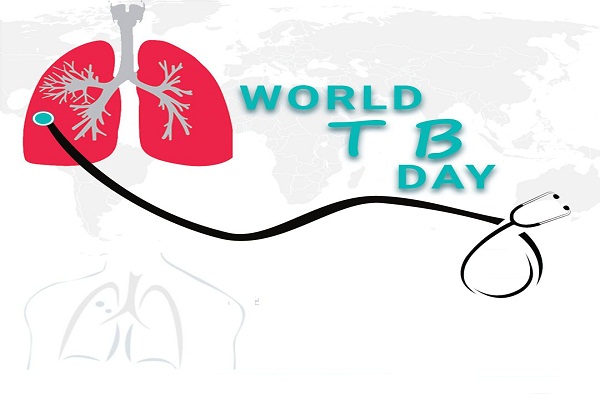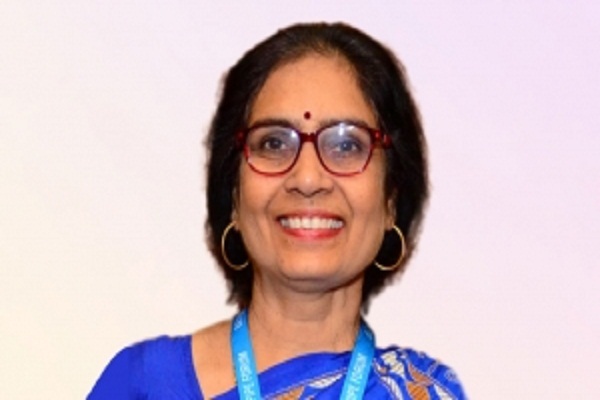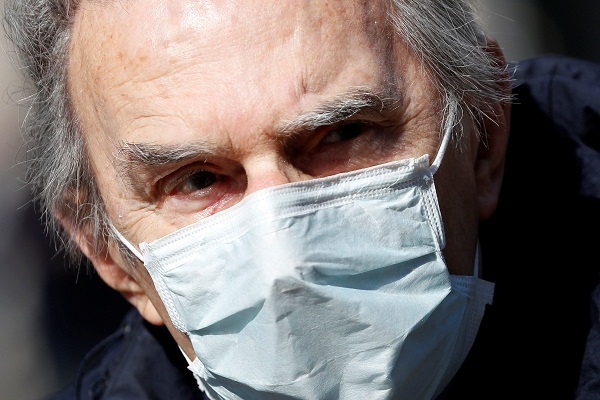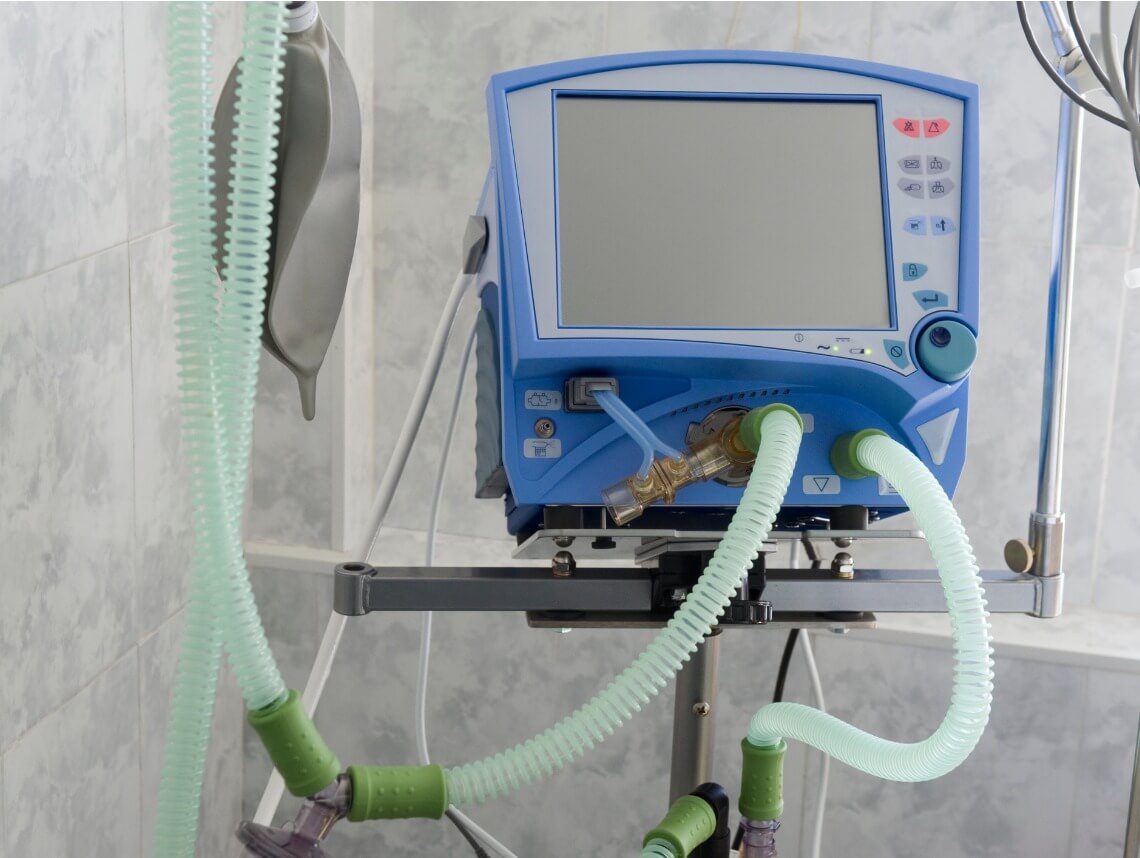
 With a population of 1.3 billion across urban and rural India, ensuring better healthcare for all is both an opportunity and a challenge. India currently accounts for 20 per cent of the global disease burden – a scenario further complicated by the fact that almost 70 per cent of the population lives in rural areas, with very limited access to basic healthcare.
With a population of 1.3 billion across urban and rural India, ensuring better healthcare for all is both an opportunity and a challenge. India currently accounts for 20 per cent of the global disease burden – a scenario further complicated by the fact that almost 70 per cent of the population lives in rural areas, with very limited access to basic healthcare.
This is where specialized healthcare providers and private players can play a key role, by offering sustainable healthcare services to the underserved community in rural and urban areas through community involvement, technology enablement etc.

Healthcare has become one of largest sectors in India, both in terms of revenue and employment. Significant investments are being made in Tier I cities for hospitals and secondary care. Investments are being made in Tier II cities as well; however they are not sufficient to meet the demand.
Health and Wellness Centers
In March this year (2018), the worlds largest and Indias most ambitious healthcare program, Ayushman Bharat National Health Protection Mission received the Union Cabinets approval. The scheme is expected to cover around 40 per cent of the population. This is government-funded scheme in which the cost will be shared both by the center and states in the ratio of 60:40.

As a part of the Ayushman Bharat scheme, Health and Wellness centers, accompanied by the effective implementation of Information Technology (IT) can play a significant role in making healthcare both inclusive and accessible to rural India.
Such centers offer several benefits such as real-time transmission of patient health records and diagnostic reports to specialized doctors via video consultation.
These centers will be the main points of contact for communities with the public health system and better versions of existing health sub-centers and primary health centers. They will provide primary, out-patient care and referral access to secondary and tertiary healthcare centers when needed. The private sector can easily add another 50 per cent capacity for rural primary care, especially through telemedicine.
Difference the private players can make
To achieve the mission of universal healthcare in India, it is essential for the public and private sectors to come together and focus their efforts in building suitable policies and cost effective healthcare infrastructure. By bringing in the right technologies and global partnerships, private players can help build a lower-cost footprint for primary care and specialist follow-ups.
Public-private partnerships
The government at all level is increasingly interested in Public Private Partnerships (PPPs), based on utilization, viability gap funding and subsidisation for below poverty line (BPL) population.
In a mature framework, these opportunities can also be good vehicles for private investment. Similarly, the government in some states have also shown deep interest to outsource non-clinical services in all major hospitals. This is a great opportunity for private investment.
With Ayushman Bharat leading the way, there is a strong opportunity for private players to put their best foot forward and prescribe the right dose of healthcare to those who need it the most.
(Disclaimer: The writer is Srajan Trivedi, Director- Sales, Optum Global Solutions. The views expressed are personal opinion.)
Be a part of Elets Collaborative Initiatives. Join Us for Upcoming Events and explore business opportunities. Like us on Facebook , connect with us on LinkedIn and follow us on Twitter , Instagram.












